Why Emergency Food Preparedness Matters More Than Ever Sign In

Building the Ultimate Emergency Preparedness Food Kit 2025

In an unpredictable world, having an emergency preparedness food kit is no longer a luxury—it's a necessity. As extreme weather events, supply chain disruptions, and geopolitical tensions continue to make headlines, preparing now ensures you and your loved ones can face emergencies with confidence. The ultimate kit for 2025 isn't just about stockpiling calories—it's about smart planning, nutritional balance, and long shelf life food choices that can sustain you for weeks or even months.
Why Emergency Food Preparedness Matters More Than Ever
According to the latest FEMA data, 38% of U.S. households now maintain at least a 3-day emergency food kit—up from 29% in 2020. This surge reflects growing awareness of how quickly circumstances can change. From hurricanes and wildfires to prolonged power outages, disruptions can leave grocery shelves empty in hours. The increasing frequency of extreme events, coupled with fragile global supply chains, means that even short-term disruptions can have outsized impacts on food availability. In 2024 alone, weather-related disasters caused billions in agricultural losses worldwide, underscoring how vulnerable modern food systems can be. Having a kit ready isn’t just about survival—it’s about reducing stress and uncertainty when the unexpected occurs.
— Dr. Emily Harper, National Center for Emergency ManagementAn ultimate emergency food kit should balance caloric density, nutritional variety, and ease of preparation. The 2025 trend is toward lightweight, nutrient-rich options that require minimal water and energy to prepare.
Shelf stable food refers to items that can be stored at room temperature without spoiling. These products often undergo preservation methods like freeze-drying, dehydration, or canning to extend their usability. In 2025, top-tier freeze-dried and dehydrated foods can last 25–30 years under optimal storage, while canned goods generally offer 5–10 years. This longevity is achieved through moisture removal, vacuum sealing, and oxygen reduction, all of which inhibit microbial growth and slow chemical degradation. For example, freeze-dried vegetables retain most of their nutrients and flavor, making them a reliable choice for balanced meals. Understanding the differences between these preservation methods helps you make informed decisions about what to include in your kit, ensuring you’re not only storing food but preserving quality nutrition for the long haul.
|
Food Type
|
Shelf Life
|
Storage Conditions
|
|---|---|---|
| Freeze-dried meals | 25-30 years | Cool, dry place |
| Canned meats | 5-10 years | Cool, dry place |
| Dehydrated fruits | 10-15 years | Airtight, dry storage |
These numbers illustrate why investing in quality preservation methods matters. A kit with a range of shelf stable food ensures you won't have to replace items frequently, saving time and money.
Step-by-Step Guide to Building Your 2025 Emergency Food Kit
Step 1: Define Your Timeframe
Decide if you want a kit for 3 days, 30 days, or longer. FEMA recommends 2,000 calories per adult per day for at least three days, but many preppers aim for 90 days to cover extended disruptions. Longer kits allow for greater flexibility and resilience, especially in scenarios where access to stores or aid may be delayed. Consider your household size, climate, and potential hazards in your area when setting your timeframe.
Step 2: Choose Your Caloric Base
Staples like rice, pasta, oats, and beans form the foundation. They are affordable, versatile, and calorie-dense. These foods can be combined in countless ways to create satisfying meals, and their long shelf life makes them ideal for bulk storage. Opt for vacuum-sealed or nitrogen-packed options for maximum longevity.
Step 3: Add Protein Sources
Include freeze-dried meats, canned fish like tuna or salmon, and plant-based protein powders. Protein is essential for maintaining strength and immune function. In colder climates or physically demanding situations, higher protein intake can help sustain energy and muscle mass. Rotate protein sources to avoid palate fatigue.
Selecting High-Quality Protein Options
If you're unsure which protein sources offer the best balance of nutrition and shelf life, check out the curated selection at https://purechoicefoods.ca/. They specialize in long shelf life food options perfect for emergency preparedness.
Step 4: Include Healthy Fats
Nut butters, sealed cooking oils, and coconut oil provide calorie density and support brain health. Healthy fats also aid in nutrient absorption, particularly for fat-soluble vitamins like A, D, E, and K. Choose packaging that minimizes light and oxygen exposure to prevent rancidity.
Step 5: Pack Micronutrients
Multivitamins and dehydrated greens help avoid nutrient deficiencies during prolonged emergencies. Powdered superfoods like spirulina or wheatgrass can add variety and boost immune function. These items take up little space but offer significant health benefits.
Step 6: Comfort Foods Matter
Coffee, tea, chocolate, and spices can lift morale when conditions are stressful. Familiar flavors and small indulgences can have a disproportionate impact on mental well-being, making difficult situations more bearable.
Trends Shaping Emergency Food Kits in 2025
- Nutritional upgrades – More plant-based proteins and vitamin-fortified options are appearing, catering to diverse dietary needs.
- Compact, modular packaging – Stackable, resealable pouches replace bulky cans, making storage and transport easier.
- Hybrid storage solutions – Mixing freeze-dried entrées with ready-to-eat snacks allows for flexibility and quick meals.
- Smart inventory tracking – QR-coded packaging with mobile app integration helps maintain freshness and reduce waste.
- Sustainable sourcing – Biodegradable packaging and ethical ingredient sourcing appeal to environmentally conscious consumers.
These trends reflect broader shifts in consumer values, where convenience, sustainability, and nutrition intersect. For example, modular kits can be customized for specific family members, while smart tracking ensures nothing goes unused. Sustainable packaging not only reduces environmental impact but can also be lighter and more compact for transport.
— Mark Jensen, ReadyWise FoodsSustainability is now part of preparedness. Consumers want long shelf life, but also biodegradable packaging and ethically sourced ingredients.
Common Mistakes to Avoid
- Ignoring rotation: Even long shelf life food should be rotated every 1–2 years to ensure optimal freshness. Stale or expired items can compromise nutrition and taste.
- Neglecting water needs: Many dried foods require water to prepare—plan for purification tablets or portable filters. Without adequate water, even the best food kit loses effectiveness.
- Overlooking variety: Eating the same thing daily can lead to nutrient gaps and morale drops. Include spices, sauces, and diverse textures to keep meals interesting.
Other pitfalls include storing food in areas prone to temperature fluctuations, failing to label packages clearly, and overlooking special dietary needs of household members. Avoiding these mistakes will keep your kit functional and enjoyable to use.
Storage Strategies for Longevity
Keep your kit in a cool, dry location between 50–70°F. Use airtight containers and oxygen absorbers for bulk items. Label all packages with expiration dates and use a rotation system to consume older items first. Consider investing in mylar bags for added protection against moisture and pests. If possible, store food off the ground to reduce exposure to humidity and rodents. Periodically inspect your storage area for signs of damage, leaks, or contamination.
|
Storage Tip
|
Benefit
|
Shelf Life Impact
|
|---|---|---|
| Cool, dry storage | Prevents spoilage | +5 years |
| Oxygen absorbers | Reduce oxidation | +3 years |
| Rotation system | Ensures freshness | Consistent |
Advanced Considerations for 2025 Kits
With technology advancing, QR-coded packaging now allows you to scan items into an app that tracks inventory and alerts you before expiration. Modular kits also make transportation easier if evacuation is necessary. Some modern kits incorporate solar-powered cooking devices or compact water filtration systems directly into their design, providing integrated solutions for multiple needs. For families with specific dietary requirements, customizable modules can ensure everyone’s needs are met without compromising efficiency.
Integrating Smart Tracking into Your Kit
If you'd like to explore QR-coded inventory tracking and modular storage solutions, visit https://purechoicefoods.ca/ for options tailored to modern emergency preparedness needs.
Implementation Guide
Start small by building a 3-day kit, then expand to 30 or 90 days. Use a checklist to ensure balance: calories, protein, fats, micronutrients, comfort items, water, and cooking tools. Review your kit quarterly to account for seasonal changes, updated technology, and evolving family needs. Involve all household members in the process so everyone knows where the kit is stored and how to use it. Practice preparing meals from your kit to identify any gaps or inefficiencies before an actual emergency.
Conclusion: Preparedness is Peace of Mind
Building the ultimate emergency preparedness food kit for 2025 is about more than stockpiling—it’s about strategic planning, nutritional balance, and smart storage. By combining shelf stable food with long shelf life food options, you ensure readiness for any scenario. Trends like modular packaging, sustainable sourcing, and smart tracking make today’s kits more efficient than ever. The investment in preparation pays dividends in confidence, safety, and comfort when emergencies arise. Start building your kit now, and you’ll thank yourself when the unexpected happens.
Preparedness is peace of mind. Begin with the essentials, embrace innovation, and keep your kit updated—because when emergencies strike, it’s the preparation you’ve already done that makes all the difference.
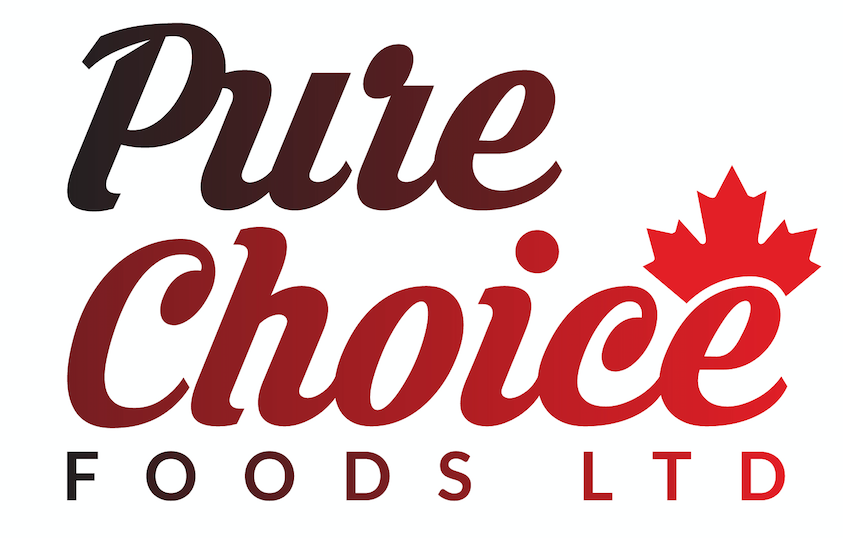

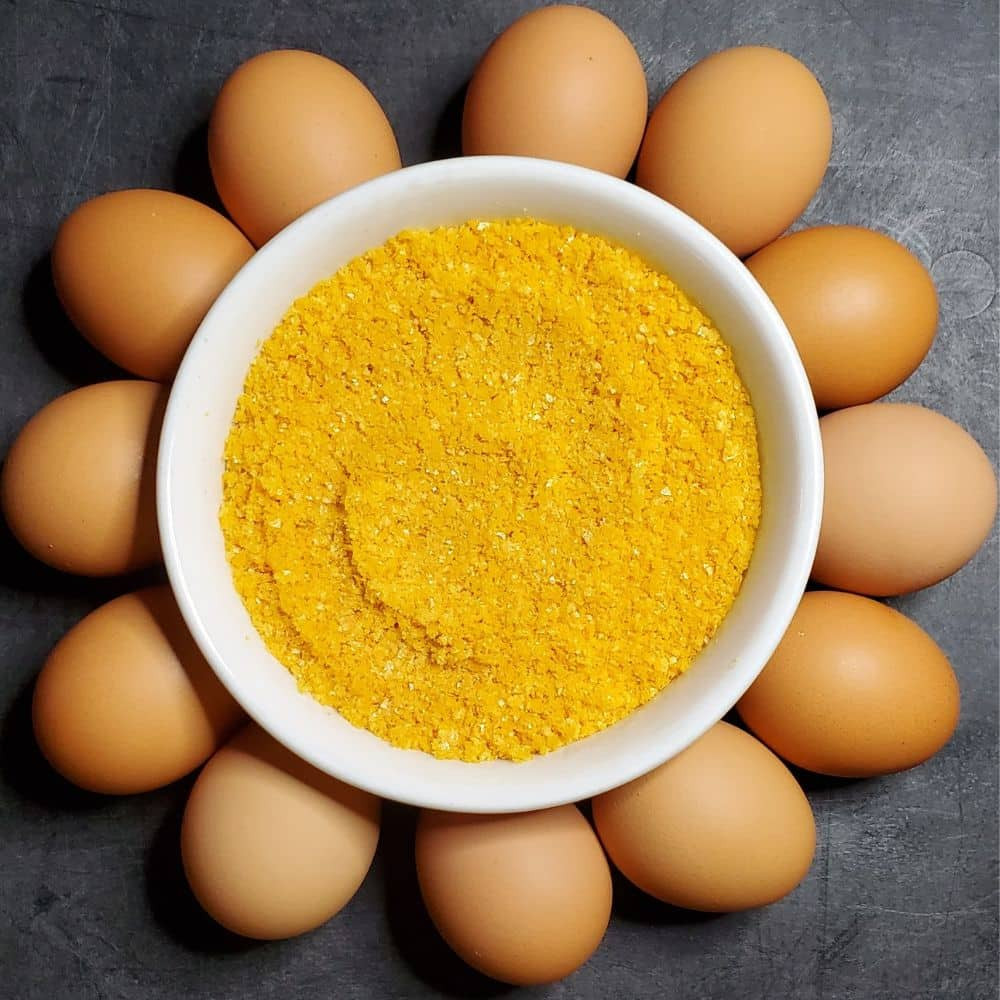
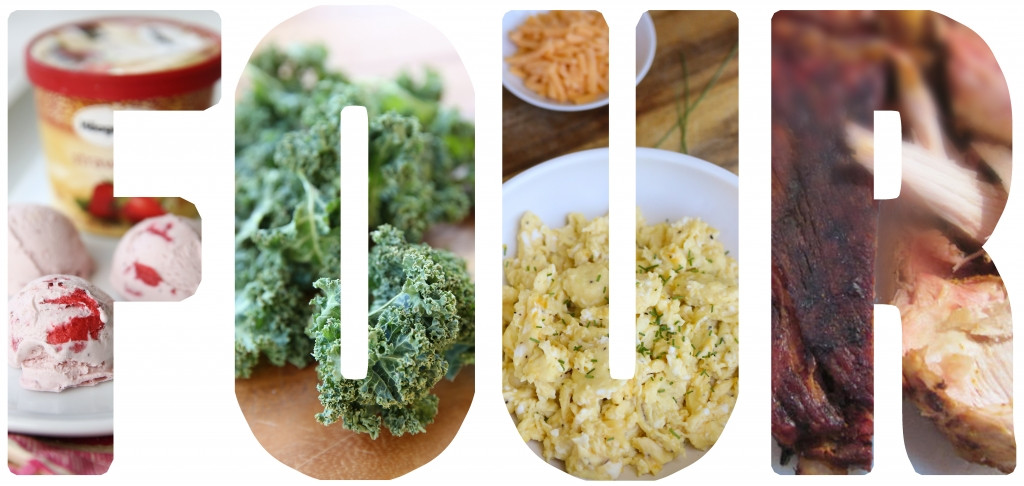
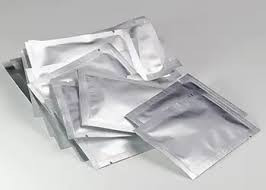

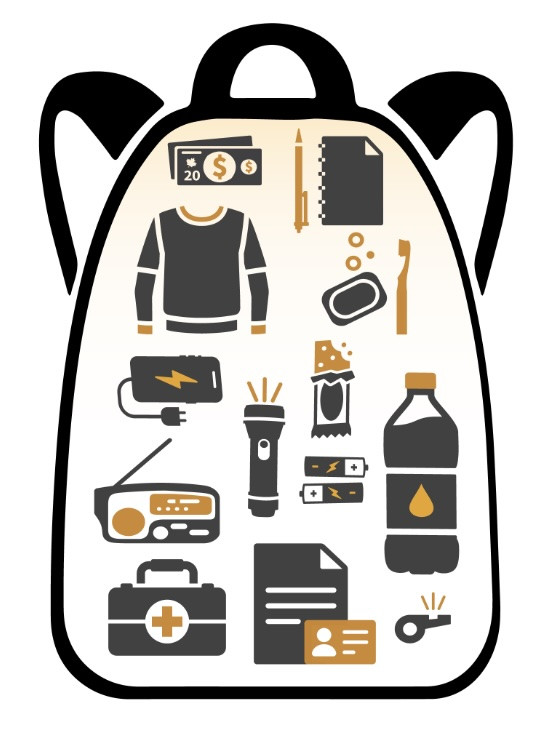



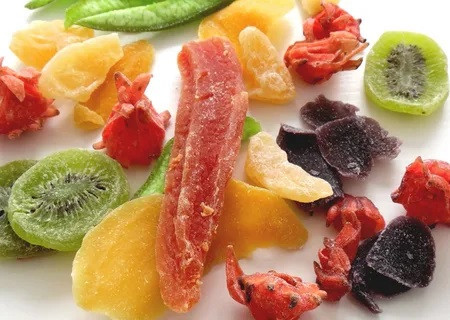
Leave a comment